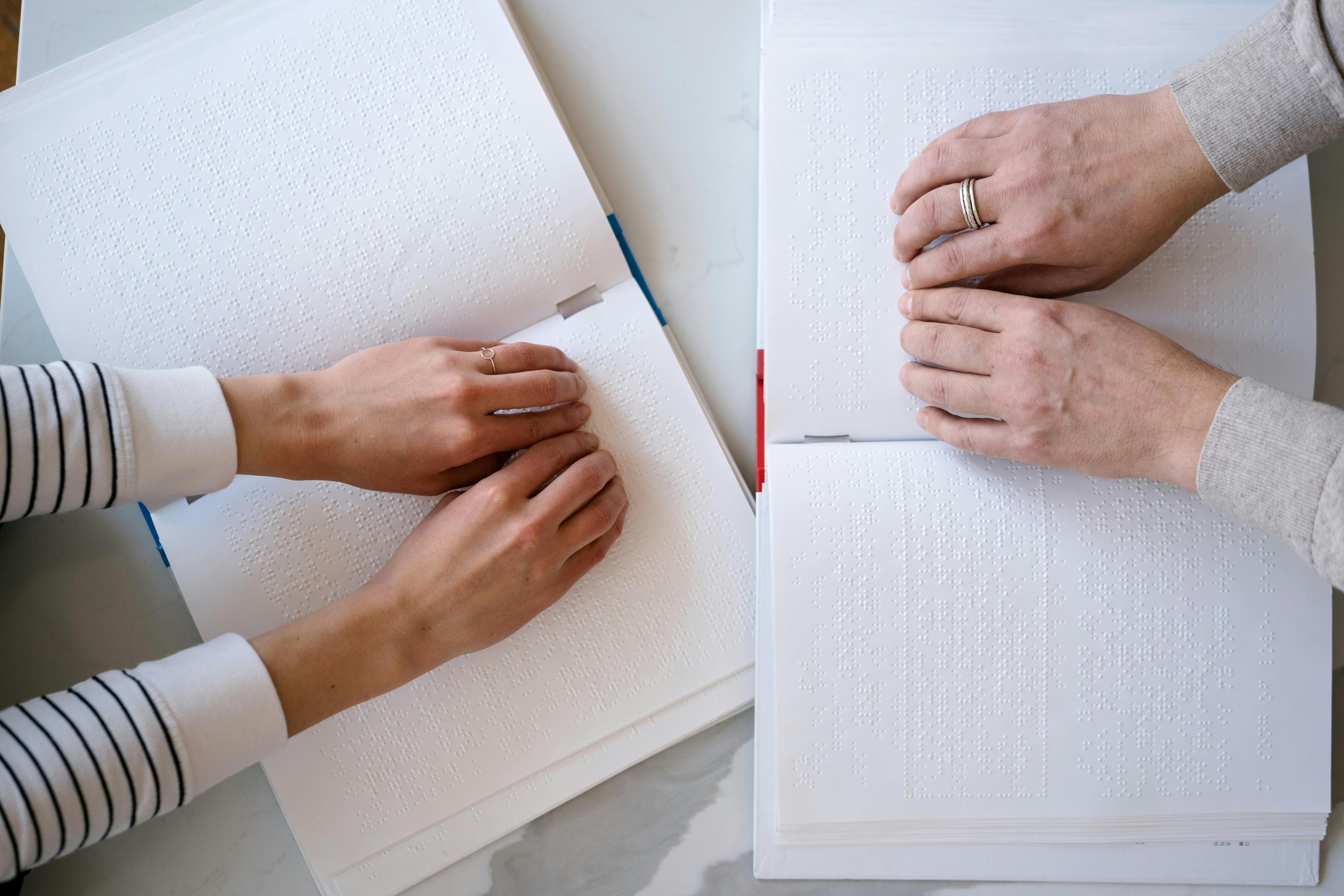Dumeril’s boa (Boa dumerili) is a non-poisonous snake species native to Madagascar and Reunion Island. Relatively small for a boa, with adults rarely reaching more than 2m in length, they are a primarily terrestrial species.
As is common with boas, males tend to be slightly shorter and less shapely than females, and have slightly flatter tails. They are ovoviviparous, giving birth to live young, and a gravid female can give birth to litters of up to 25 to 30. Newborns are about 30 to 40 cm in length and are completely self-sufficient from birth.
While obtaining a Dumerils boa in the pet trade used to be difficult due to its status as a protected species under CITES (Convention on International Trade in Endangered Species), recent years of successful breeding in captivity have seen this wonderful snake within the reach of most owners. They are listed in CITES Appendix 1, so even captive-bred specimens require paperwork and microchipping, but any reputable breeder or trader will be able to advise on this.
The breeding of the Dumerils boa is quite similar to that of the boas constrictor. A medium to large size 180 x 90 cm nursery is suitable for an adult. While they are largely terrestrial, they will occasionally climb if given the opportunity, so a sturdy branch is a good addition. They are also quite solitary so at least 2 leather boxes are required, one at the warm end and one at the cooler end of the enclosure.
A temperature range of around 25 degrees C to 30 degrees C is required for the snake to heat-regulate properly. At night, it can be allowed to decrease by 3 to 5 degrees.
Various types of heat sources are suitable, but a ceramic bulb is best. Proper protection of the bulb is essential to avoid possible burns, and any heat source used must be thermostatically controlled.
Humidity for the Dumerils boa should be kept at around 60% and a moist skin filled with sphagnum moss should be provided to help with shedding. Like all snakes, a clean water dish should also be provided at all times. The dish should be large and deep enough for the boa to soak it whenever it wants.
Most Dumerils samples will pick up thawed rodents with no problem. Adults should be offered a large rat once every 14 days. Newborns can be problematic to feed and need some coaxing before capturing thawed prey. Try offering live hopper rats or freshly euthanized live mice if they refuse to eat. Leaving a thawed prey in the snake’s enclosure overnight also usually works. Once your boa begins taking thawed prey, it will normally continue to eat it without difficulty.
While the Dumeril’s boa was once a rare and expensive snake, the recent success of captive breeding has put this wonderful boa within the reach of most keepers. A truly beautiful animal, and a pleasure to own and handle, they are highly recommended for anyone who can fulfill their breeding requirements. Once you’ve done more research on the species, and if you can commit to caring for a snake that can grow to over 2m in length and live over 25 years, the Dumerils boa might be the ideal snake for you.
